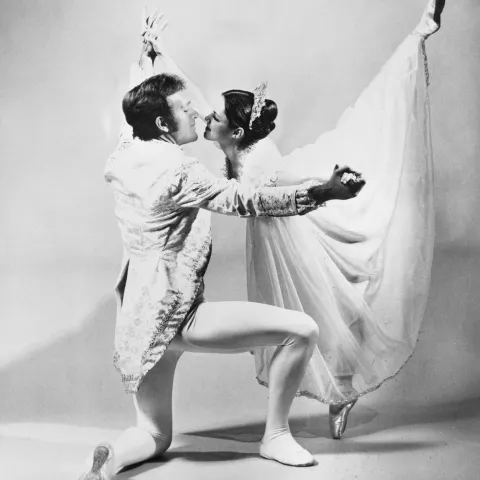In 1961, hundreds of young Black and white people, in small groups, rode buses and trains into the South. These people hoped to bring attention to Blacks being forced to sit in the back on buses and trains. This was a vivid example of many “Jim Crow” laws, still prevalent in the South. They called themselves “the Freedom Riders." What they endured is an ugly scar on this nation’s history.
Connections host P.A. Bennett spoke with survivors who say they felt like soldiers in a non-violent army. Raymond Arsenault, author of Freedom Riders, John Lewis, and other participants reflect on this time. James T. McCain of Sumter shared those tumultuous times with his diary but not his children. His son, James T. McCain, Jr. speaks about his father's involvement in training students to be non-violent, but states that his father stayed in the background to avoid his family being retaliated against.
On the 50th anniversary of the rides, the rides were reenacted by a group of young people and four of the original participants. The young people on this journey could not imagine the cruelty of that time but came to honor and appreciate the courage of those involved in 1961.
Freedom Riders tried to use “whites-only” restrooms and lunch counters at bus stations in Alabama, South Carolina, and other Southern states. The groups were confronted by police officers and experienced violence from white protestors along their routes. They also drew international attention to the growing Civil Rights Movement.
The 1961 Freedom Riders were organized by CORE (Congress of Racial Equality), and SNCC (The Student Non-violent Coordinating Committee). The riders were modeled after CORE’s 1947 Journey of Reconciliation, in which African American and White bus riders challenged the 1956 Supreme Court ruling in Morgan vs. Virginia. In this case, the court found segregated bus seating unconstitutional.
Many riders were faced with violence, including beatings, being burned, being fire-hosed, and being chased by dogs, with the first incident happening in Rock Hill, South Carolina. Many riders were arrested for just participating in the Freedom Rides. Photographs of burning Greyhound buses and bloodied riders appeared on the front pages of newspapers throughout the country and around the world the next day, drawing international attention to the Freedom Riders’ cause and the state of race relations in the United States.
In the fall of 1961, under pressure from the Kennedy administration, the Interstate Commerce Commission issued regulations prohibiting segregation in interstate transit terminals. This period is considered one of the defining moments in American history.
Dr. Patricia Sullivan, professor of history at the University of South Carolina, explains the history, along with Bishop Fred C. James (an original participant), and Dr. Kathy Ford of the University of South Carolina.
Related:


